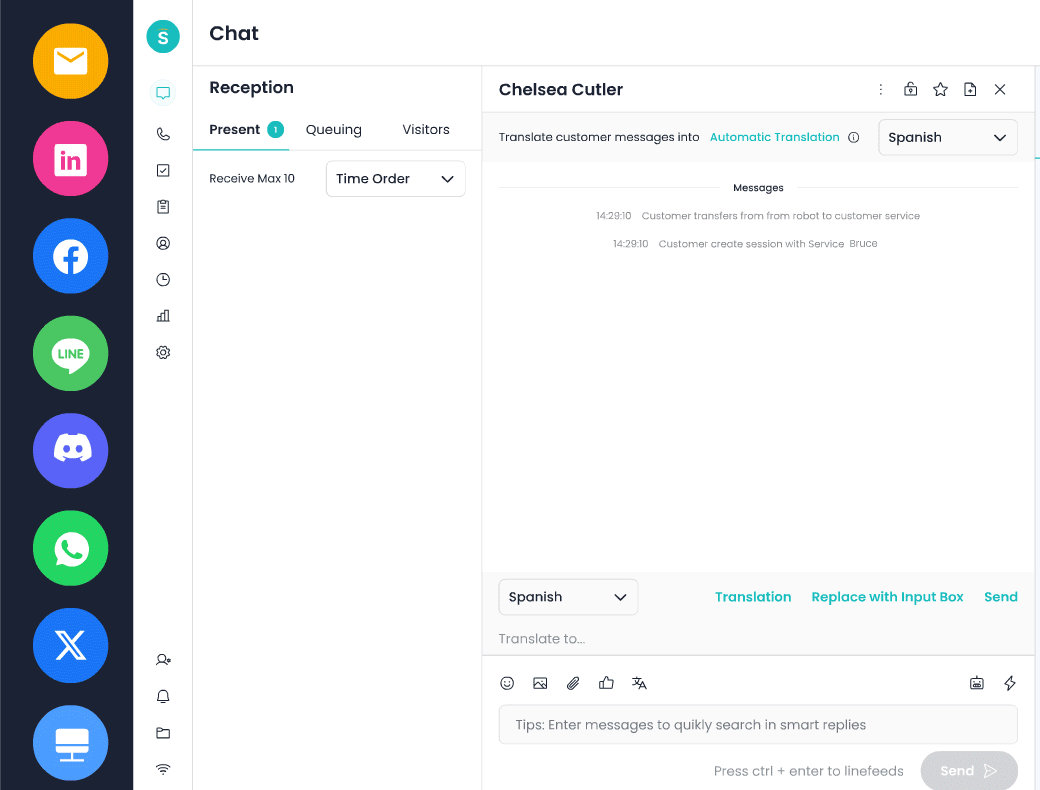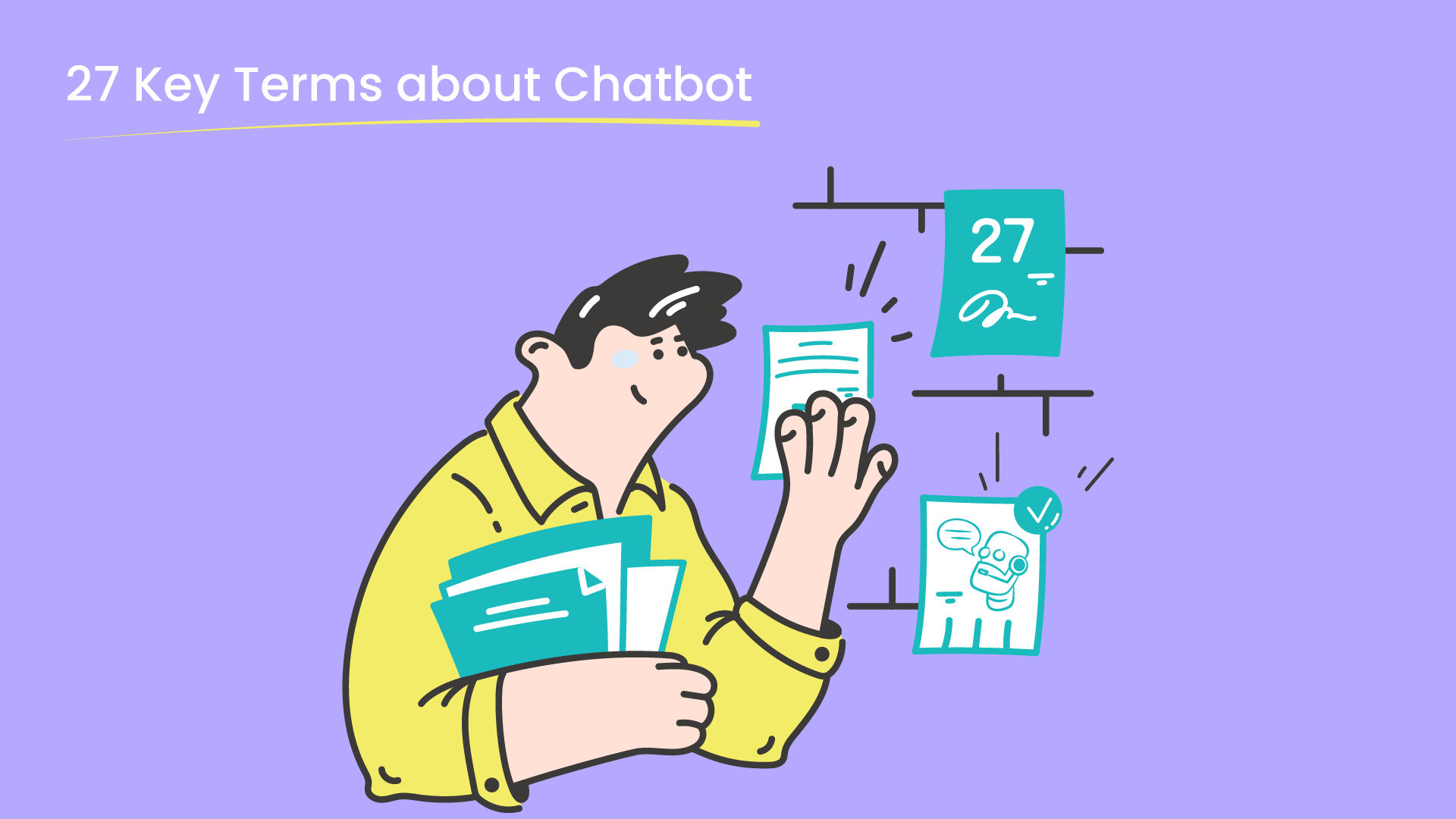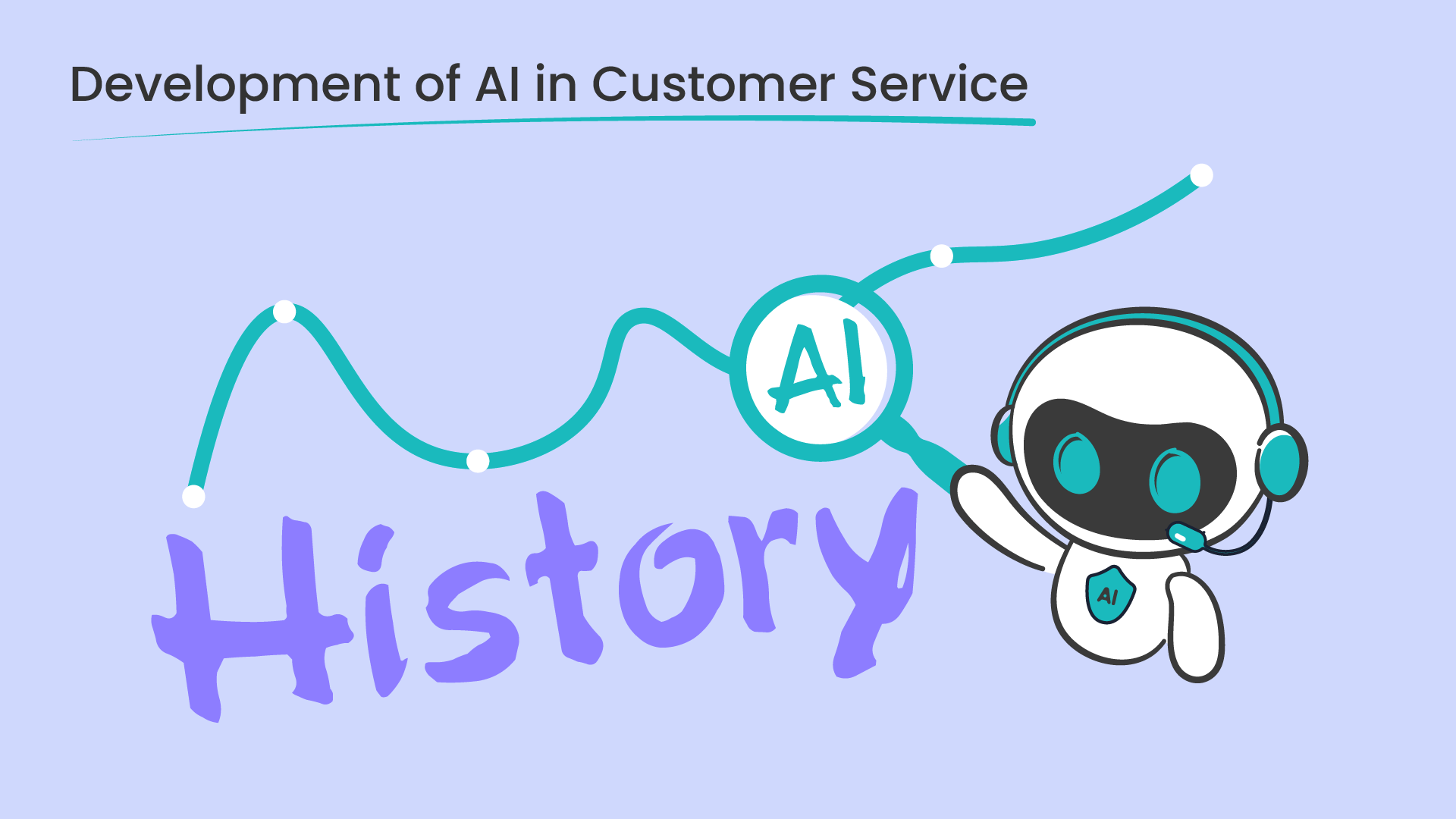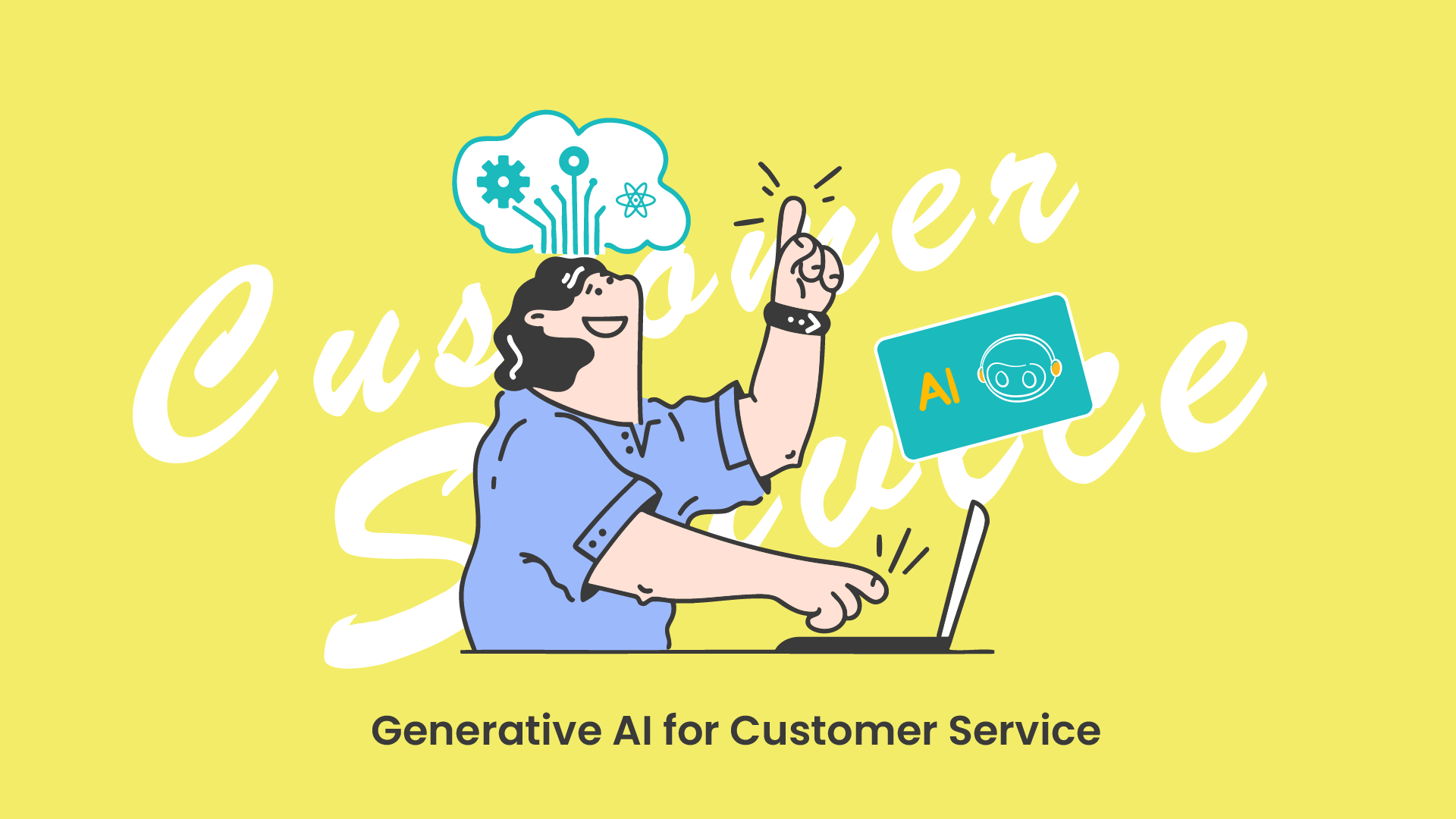Cold start issues refer to one of the major problems a knowledge base has, especially in recommendation systems, chatbots, or virtual assistants. This problem is associated with the fact that when any new user enters the system, it doesn’t have enough data to make predictions or personalized services. Overcoming the cold start problem becomes extremely important for providing insights in good time, enhancing user experience, and efficiency in ML models.
The cold start problem phenomenon begins when a knowledge-based system runs without historical data, which means it cannot produce appropriate predictions or recommendations in this case due to a lack of information. Especially challenging with personalized services such as recommender systems; the system has to know the preferences of the user or the features of the items. A cold start can be almost any aspect, starting from when there is a new user onboarded on the platform, adding new inventory items to the system, or even if a system has relatively fewer interactions. Its implications include user disengagement and poor recommendation output with degradation in system performance.
The cold start problem is characterized by a lack of data, and it is systems, more often dependent on historical data, which lack the information to give value.
Types of Cold Start Problems in Knowledge Bases
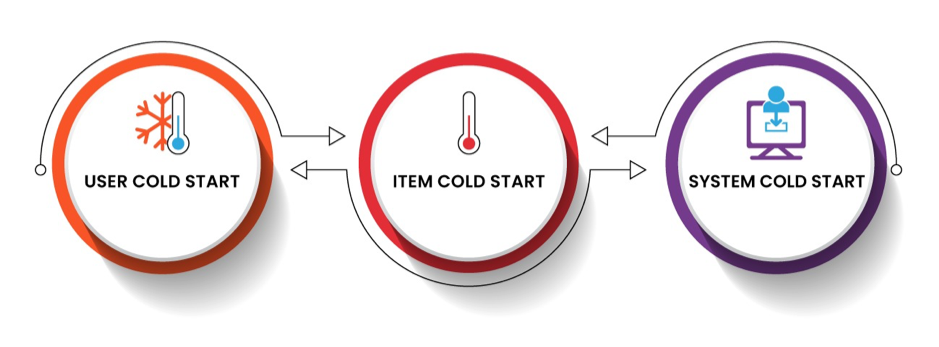
There are three major types of cold start problems of knowledge bases:
User Cold Start
In this scenario, a new user joins the site or platform, and the system has no information about user preferences or behavioral patterns. In that sense, the system has no history of this user; therefore, it will be quite difficult to recommend an item of interest to this user or provide personalized content.
Item Cold Start
This involves bringing new product articles or videos into the system. Since no one has used these yet, it is impossible to send the system’s recommendation to the right audience.
System Cold Start
It occurs when a completely new system is deployed or when a new domain or category is added to the system. Since this system lacks both user and item data, it cannot make predictions and generate recommendations until it accumulates enough interactions.
Techniques that deal with the problem of cold start
Several approaches were designed to mitigate the cold start problem. They exploit existing data that incorporates advanced algorithms to take advantage of the sparsity of the available data for such domains.
Collaborative Filtering
This relies on recommendations based on the behavior and preferences of similar users. Although it suffers from a cold start owing to the lack of relevant data for new users or items, an effect exists whenever there is at least some minimal interaction data.
Content-Based Filtering
This type of filtering recommends items that have similar attributes or characteristics based on the liking of the user. For example, solely based on the attributes of items, if all the attributes of that item are similar to the items a user liked in the past, then the system can suggest that item even though there was no historical interaction.
Hybrid Models
The hybrid model is the best of both techniques, combining collaborative filtering with content-based filtering. A system could use content-based filtering first to get past some cold-start problems but then switch over to collaborative filtering when more information becomes available.
Transfer Learning
The process of applying learning obtained from one domain in another enhances predictions in the other domain. A system will be able to make preliminary recommendations or predictions without having to wait for extensive data to be collected, knowing the insights of another similar domain.
Active Learning
In active learning, the system solicits specific input from users either through their preferences or ratings. This will lead to fast learning because the main information arising from the users is obtained early on; thus, it is used in addressing the cold start.
Role of Machine Learning in Overcoming Cold Start Problem
Machine learning can extract meaningful insights even from minimal data, thus making predictions possible even in data-scarce environments.
Clustering Algorithms
Clustering methods categorize the users or items based on the similarity of their features or behaviors. Similar users in the system can be identified for recommendation, and thus, clustering helps even in the cold start scenario for the recommendation system.
Classification Algorithms
The classification model classifies users or items into predefined groups. Through the classification of new users or items concerning their attributes, the system provides recommended results even before it gathers more information.
Similarity algorithms
The system can decide on the similarity of a user or an item that another has already been attributed to by measures of similarity such as cosine similarity or Euclidean distance. It will thus make recommendations even with limited data as it detects entities that are similar.
Deep Learning
Neural network models can learn complex relations in data for a more accurate recommendation in the face of cold starts. Autoencoders can learn the latent representation of users and items, hence improving the system’s predictive capability when data is sparse.
Applications of Addressing Cold Start in Knowledge Bases
The cold start problem must be addressed in several applications involving personalized services or recommendations. Some of the applications are:
Recommendation systems
These are widely used for purposes of item recommendation, content recommendation, or even connection recommendation by the e-commerce portal and streaming services, social media platforms, etc. The importance of recommendation systems stems from the best possible management of the cold start problem, which ensures that new users and items may easily be incorporated, resulting in increased overall user satisfaction and engagement in the long run.
Chatbots
A great chatbot is sensitive to user preferences and context in order to have meaningful interactions. Overcoming this cold start problem in the case of chatbots ensures that the machine can give the right responses on the very first interaction with the end-user experience.
Virtual Assistants
Virtual assistants like Alexa and Google Assistant must provide relevant services, content, or products. These assistants will be able to give personal experiences much earlier in the usage cycle by overcoming cold start.
Challenges in Overcoming Cold Start Problem
Many techniques are available, but overcoming the cold start problem is very challenging. Some of the major challenges followed to achieve this are:
Data sparsity
This depicts an inadequate amount of data that can make proper predictions, even with high-algorithm methods. Thus, data sparsity is one basic challenge to the system’s ability to generalize and produce useful recommendations.
Quality of Available Data
The data in place needs to be good in quality. Poor or incomplete data would slowly erode user trust and engagement.
Privacy Issues
In order to deal with the problem of cold start, data collection and its usage has to be taken care of very well with the data usage regulations under GDPR and CCPA. At such times, personalization and privacy become a challenge for the system in striking a balance.
Future Trends in Handling Cold Start Issues
With the advancement in technology, newer trends are emerging to overcome the cold start problems:
Nowadays, cold start solutions are not a totally new concept since they can easily be implemented through automatic systems that are mostly based on artificial intelligence and machine learning. Such a system is used primarily for data collection, processing, and analysis, especially in real time. It can function much better in cold start problems right away and correctly.
Real-time Data Collection Techniques: Real-time data collection techniques such as passive user tracking and behavioral analytics allow instant resolution of issues caused by cold start for new users or items.
Real-time Data Collection with User Behaviour Analytics: It aids the prediction of a user’s preference even prior to interaction with the items thus taming the effects of cold start as much as it could be.
Cold start is one of the major challenges for knowledge-based systems that require personalization and proper prediction. Techniques such as collaborative filtering, content-based filtering, and machine learning algorithms are going to make this possible for the systems. Future solutions advanced by AI and ML will be able to provide much greater automated real-time approaches for overcoming cold start, such that knowledge bases remain effective as well as user-friendly.
